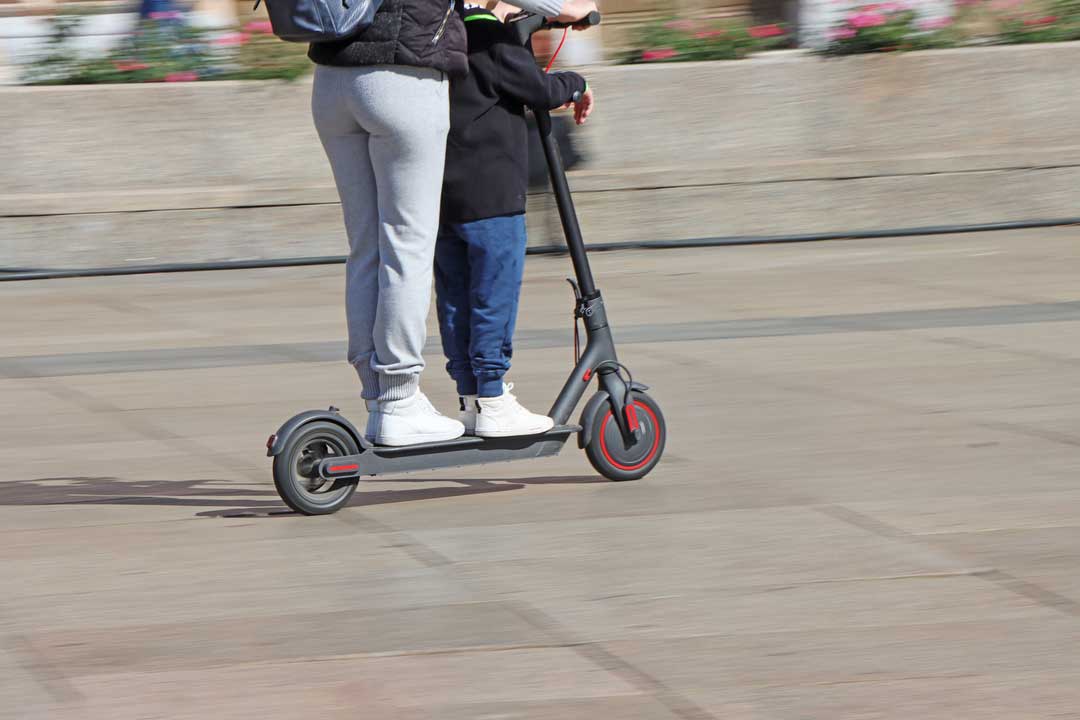What is sustainability? When someone tells you they’re trying to make sustainable choices … what does that even mean? We think we know because it’s so commonly used in today’s environmentally aware culture, but have we really broken it down? Are you being as sustainable as you can be?
Definition of Sustainability
That’s a lot of questions – so let’s first break down the defining factors of sustainability. In 1987, the Brundtland Report defined sustainable development as “development that meets the needs of the present without compromising the ability of future generations to meet their own needs” 1. Let’s dive even further. Cambridge dictionary defines sustainable as ‘able to continue over a period of time’ 2. Place environmental in front of that and environmental sustainability is ‘causing little or no damage to the environment and therefore able to continue for a long time’2. If you combine the main points, sustainable practices are ones that do not harm the environment around us, can carry on for long periods of time and do not compromise future generation’s realities.
We know, for the most part, a lot of our day to day activities are not sustainable. One of the most commonly used examples of an unsustainable practice is the use of fossil fuels for transportation. It just doesn’t check the boxes. We cannot use these for a long period of time as oil reserves continue to shrink, it harms the environment substantially, and it will massively compromise our future generation’s lives through air quality impacts, worldwide temperature increases and more. On the other hand, we can look at an alternative sustainable energy choice. Solar energy does check the boxes. We can use solar energy for a long period of time, it does not harm the environment, and it will actually improve the lives for future generations by creating cleaner energy.
It is easy to hear environmental lingo such as ‘sustainable choices’ and think you know what that means, but until you fully understand it you will not be able to properly make the educated and environmentally aware decisions that you want to. Here’s one more example of this to really press my point. In 2019, Starbucks decided to change their cold drink lid model to one that no longer used straws. For the average individual, they believe this is a massive win, largely due to the commonly known fact that straws not only pollute the environment but also affect our hard-shelled reptilian friends. The creator of this lid said, ‘[this lid] is going to take billions of single-use plastics straws off the market. We’re seeing a lot more public awareness around sustainability in packaging’3. That’s just it though. Is a plastic lid sustainable? To the average consumer they may believe this, but it isn’t, and the sustainable choice would be no plastic at all. Understanding this is the first step you can take to make sustainable choices in your day to day lives.
Making Sustainable Choices
Now that we’ve covered the nitty gritty definitions, let’s look at the ways we can apply this to ourselves. There are a variety of small-scale and large-scale sustainable choices you can make in your life to have an individual impact. A small-scale example would be changing your diet to reduce the amount of meat you consume. Globally, animal agriculture is responsible for more greenhouse gas emissions than the entire world transportation system combined4. By reducing or eliminating meat from our meals, we create a diet that doesn’t harm the environment around us as significantly, can be carried on for long periods of time and does not negatively affect future generations. In short, it’s sustainable. Comparatively, a large-scale example would be swapping your 4 wheeled fossil fuel mechanism for an electric model, an option that is becoming more affordable every day as new models and companies emerge. There is a long list of ways you can create more sustainable habit’s in your everyday life, and I’ve included two links below for you to take a look at that cover both individual practices and business practices. The most important thing to remember is to take it one step at a time, don’t try to adopt 5 new habits in one week because the chances of all 5 sticking are slim.
Sustainability is something that protects the environmental processes around us and drives innovation while not compromising our current, or future way of life. Understanding it is the first step, implementing it in your life is the second. If we all find small ways to alter our habits, we will see a massive difference in our world. Together, we can make a change.
Individual Ideas: https://www.biologicaldiversity.org/programs/population_and_sustainability/sustainability/live_more_sustainably.html
Business Ideas: https://daisyenergy.ca/4-easy-ways-to-reduce-your-business-carbon-footprint/
By Becky Janssen
- “Sustainable Development.” IISD, June 20, 2019. https://www.iisd.org/topic/sustainable-development.
- “SUSTAINABLE: Meaning in the Cambridge English Dictionary.” Cambridge Dictionary . https://dictionary.cambridge.org/dictionary/english/sustainable.
- “Say Hello to the Lid That Will Replace a Billion Straws a Year.” Starbucks, April 5, 2019. https://stories.starbucks.ca/en/stories/2019/say-hello-to-the-lid-that-will-replace-a-billion-straws-a-year-2/.
- “Meat and the Environment.” PETA, January 8, 2019. https://www.peta.org/issues/animals-used-for-food/meat-environment/.

